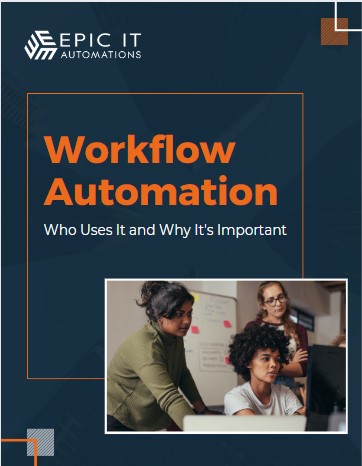Gone are the days when software platforms were limited to the devices they were installed into, strictly required an on-premise use for the employees to operate on the same. These were the software solutions that bound users to a specific device or location to avail of their functionality.
Over time, the need for flexibility has increased and employees wanted to break free from the pattern of working from a single dedicated device and location all day. Also, owing to an increase in the amount of data managed by organizations daily, the traditional software platforms often limited the storing and accessing of datasets by the users.
This issue was resolved with the advent of SaaS integrations.
What Is SaaS Integration?
SaaS stands for software as a service. As the name suggests, SaaS involves a dedicated service provider developing an application that can be implemented within your organization, according to your specific needs and preferences.
Integration into a SaaS application involves installing a software platform to serve specific purposes and achieving specific organizational goals. Whether you are willing to integrate a CRM platform to manage your customer database, an online collaborative platform to set up a virtual workspace, or a business analytics platform to make better sense of your datasets, SaaS integration helps you avail of the services that a dedicated local or global developer is willing to provide.
Advantages Of SaaS Integration
A Cloud Based Approach
SaaS integration often comes hand-in-hand with cloud management services. As opposed to traditional software development that restricted the use of applications to a great extent, SaaS integration involves setting up cloud-based platforms that are highly flexible and customizable.
With seamless cloud computing web services, you can get a software platform implemented that can be accessed by your employees from any location and at any time. All they need are their login credentials and an internet connection. This helps you and your team to keep everyone on the same page and make necessary updates in real-time.
Increased Transparency
SaaS integration helps you get rid of the rigid nature of traditional software platforms and increases transparency in the processes carried out.
Unless a user is restricted to access specific tools or records, each of your team member can have a look at the progress your company has been making, access important reports, and obtain valuable insights that help make them work better.
Seamless Upgrades
As mentioned earlier, SaaS applications are highly flexible and customizable. In 2021, technological advancements are rapid and an organization needs to be in sync with the latest trends to stay relevant.
SaaS integration allows you to upgrade to a newer edition of a software platform without having to go through tedious and time-consuming programming. A few simple clicks would provide you with upgraded tools and new editions to scale up your business processes.
Importance Of SaaS Integration for SMBs
Cost-Effective Solutions
Cost is always one of the primary factors influencing the decisions made by small and medium enterprises. Through SaaS integration, you can save up on the cost of heavy installation. As opposed to traditional software development, SaaS integration does not involve on-premise installation or infrastructure required for the same.
Moreover, you can reduce the costs involved in carrying our regular checkups, audits, and upgrades as it does not require you to spend money on hardware resources.
Also, several SaaS platforms come with a “pay-as-you-go” model. This allows you to spend money only on the tools you use instead of paying for the entire package at once.
Saving Time
Implementing a SaaS platform takes considerably less time as compared to setting up an on-premise software platform. All you need to do is go to the dedicated platform’s official website, register yourself as a user, pay for the package you are willing to install and start using it right away.
Even if you are willing to implement a personalized SaaS application within your organization, it does not take much time for the developers to make the necessary customizations and go live with the services.
Mobile Customizations
Not every employee working in a small business has access to a desktop or a laptop. In such cases, they can easily log into a SaaS application on their mobile phones or tablets and carry on with their work on the go.
Guarantee Of Service And Data Backup
Most traditional software platforms do not provide a complete guarantee of service and can crash if faced with unexpected circumstances. On the other hand, most SaaS applications provide users with a guarantee that the platform will be functioning all the time. Also, while backing up data in traditional platforms is quite labor-intensive, the same can be done on SaaS applications with a few simple clicks.
The Future Of SaaS Applications
Looking at how SaaS applications are being adopted by organizations across the world, it is safe to say that their prominence will only increase with time.
Since the summer of 2020, professionals have been forced to work remotely and organizations have started setting up virtual workspaces. In such cases, it is practically impossible to set up on-premise software going the traditional way. Some of the most commonly used platforms in the last couple of years are SaaS applications, whether it is Salesforce, Office 365, Workday, Sharepoint, SAP Concur would suite Fission’s expertise.
This makes it clear that SaaS is the thing of the future and it is advisable for businesses to integrate SaaS platforms before it is too late.
It’s Time For SaaS Integration
Connect with Epic IT Automations today and learn how we can help you implement SaaS into your business processes and strategies. Start reaping the benefits of SaaS integration, call us at 608-496-8660 or schedule a consultation to get started.



